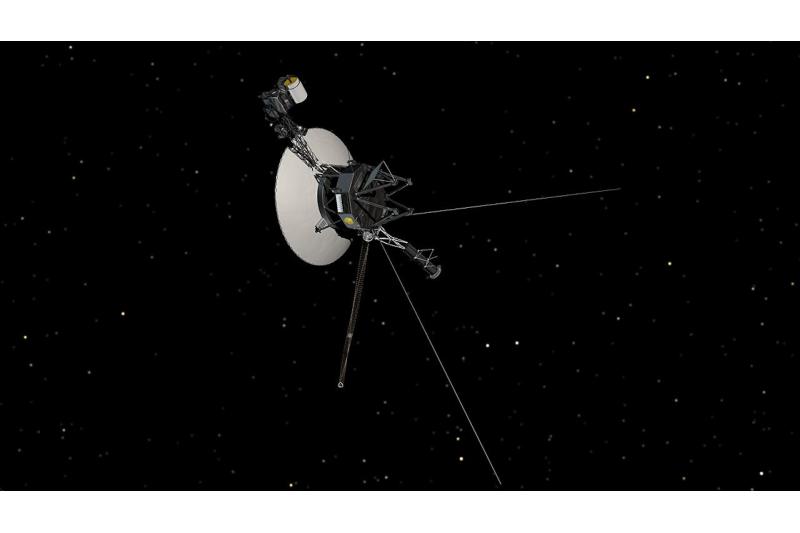When NASA’s Voyager 1 resurfaced after a temporary loss in interstellar space this month, it was interacting with a transmitter it hadn’t used in over 40 years. NASA is currently resolving the problem.
The issue started on October 16 when Voyager 1 received a command from NASA to activate one of its heaters. The request seemed harmless enough, but the spaceship ghosted Earth in response.
In fact, the agency didn’t realize the problem for two whole days. This is because, even at the speed of light, it takes approximately 23 hours for a message to reach Voyager 1, the most distant man-made object, and another 23 hours for a response. Voyager 1 is located nearly 25 billion kilometers (15.3 billion miles) away.
Voyager 1 failed to make its planned return call on October 18. After searching for the signal, NASA’s Deep Space Network (DSN) finally located it on a little different frequency band.
Voyager 1’s built-in fault protection system appears to have been activated by the heater. In order to save energy, this device will automatically turn off other, non-essential systems if an instrument attempts to take too much power.
The spacecraft’s primary means of connection with Earth, the X-band radio transmitter, was the victim in this instance. The fault protection system altered the X-band signal and lowered the data transfer rate in order to conserve power.
As the flight team started looking into the problem, DSN restored the connection, and everything appeared to be stable. However, communications completely stopped the following day.
NASA believes the craft would have shut down entirely if the X-band transmitter had activated the fault protection system twice more. Voyager 1 would have replaced it with the less power-hungry S-band transmitter.
The crew was concerned that it would no longer be detectable at this distance because it is, regrettably, much fainter. Since 1981, when it was clearly considerably closer to Earth, Voyager 1 has not communicated with us using the S-band transmitter.
Fortunately, DSN engineers were able to get back in touch with this instrument, and on October 22, they sent a command confirming that it was still operational. Troubleshooting is still going on, but the team doesn’t want to turn the X-band transmitter back on before they can identify the issue. Voyager 1 should soon resume its regular operations.
On technology that is about 50 years old, it is still able to perform these diagnostics from all throughout the solar system, which is the most amazing aspect of the narrative. However, as the Voyager probes get older, they are experiencing more and more technological issues.
Voyager 1 sent back jumbled telemetry data for several months in 2022 due to a fault. Additionally, the probe returned nothing but gibberish between November 2023 and June 2024, which was ultimately linked to a malfunctioning chip in its memory apparatus.
Maintaining the two probes’ functionality is crucial because they travel across interstellar space, an area of space that has not yet been visited by any other man-made objects. The Voyager twins have discovered some interesting discoveries there, away from the influence of the Sun.
The icy structure known as the Oort Cloud, which is thought to encircle our solar system, may take them tens of thousands of years to leave. Both Voyagers are predicted to fly within two light-years of nearby stars in roughly 40,000 years.
With what might ultimately be the last traces of human civilization, these tiny monuments to human ingenuity will thereafter continue to whizz through the night for ages to come.
